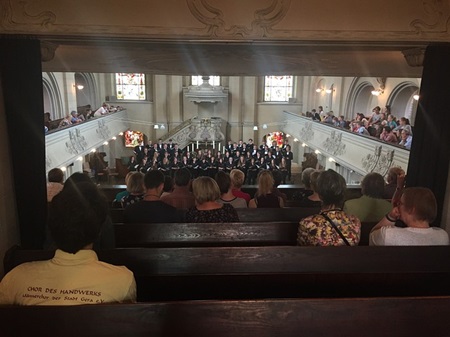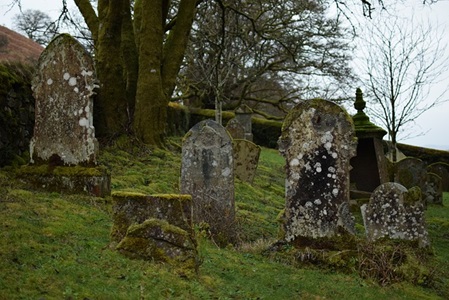
Unemployment is a terrible thing—except when it leads to the composition of a masterpiece. In Mozart’s case he was only 23 years old when he wrote his Coronation Mass in 1779, having reluctantly taken up once again the position of court organist and sacred music composer in Salzburg after having failed to find anything more attractive over 16 months of traveling around Europe. He heartily disliked his birthplace Salzburg, considering it to be a backwater, and he also disliked his employer, Archbishop Hieronymous Colloredo. Mozart’s position lasted only two years, at which time the Archbishop decided he’d had enough of his court composer’s frequent absences and disrespectful behavior. Mozart describes in a letter being “kicked in the backside” by the Archbishop’s steward, an act which ended his career in Salzburg. He’d go on to (some) fame and (less) fortune in Vienna, where he would live for only ten more years.
During his time at the Archbishop’s court he wrote only two masses, one of which is rarely performed and the other is the one labeled “coronation” for reasons that remain somewhat murky. Mozart had written about a dozen masses before returning to his native city, but this would be the first one published, and it was probably first performed on Easter Sunday, April 4, in the Salzburg cathedral. He dated the mass’s completion as March 23, so the choir, soloists and orchestra had less than two weeks to prepare. Yikes! (But they were, after all, paid professionals.)


